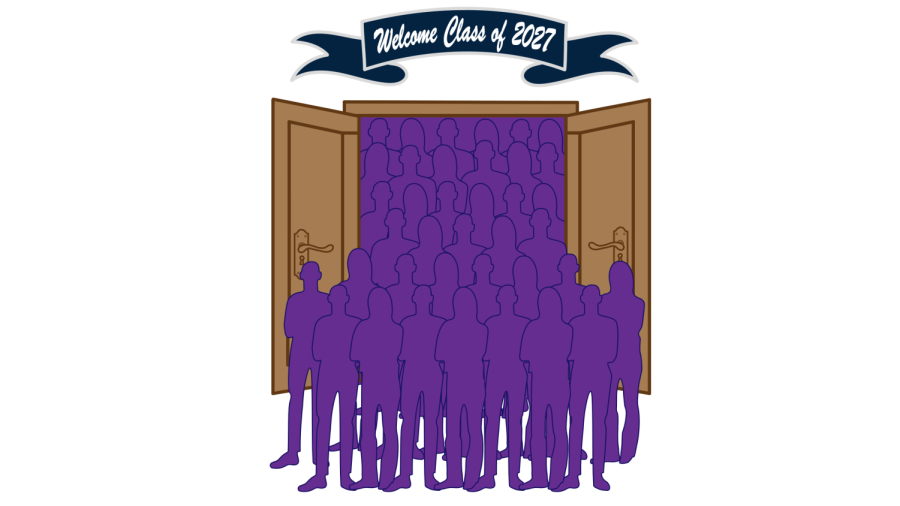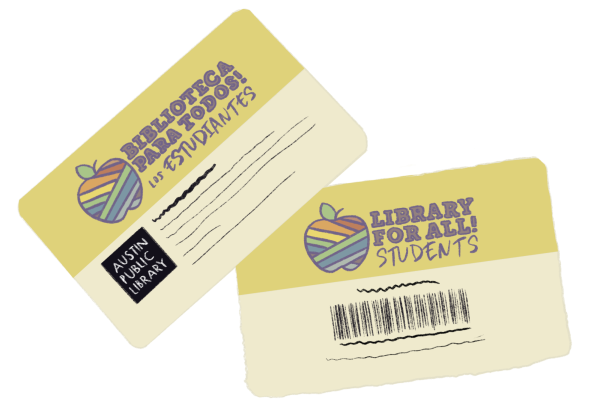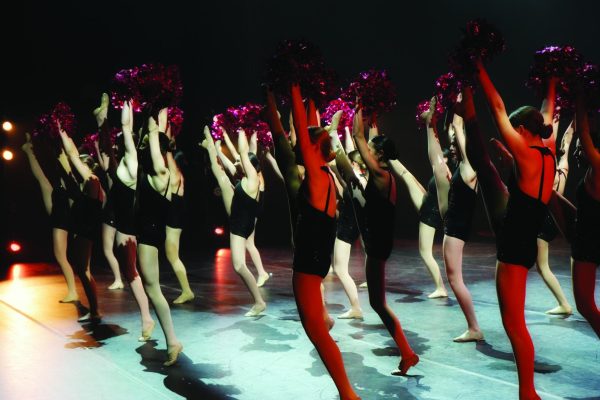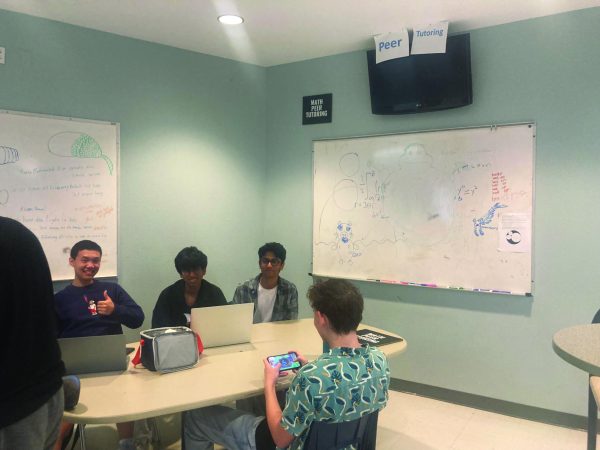Freshman Raptors Return in Record Numbers
November 7, 2022
As LASA’s freshman classes have grown over the years, the school has experienced growing pains to match. As LASA has moved to its own campus, the school will be able to further expand subsequent freshman classes. This year’s freshman class is the largest in school history, with over 425 students trumpsing the senior class by over 100 students.
However, according to social studies teacher Kathryn DiGioia, the increasing strain on teachers isn’t solely responsible for class size growth. Digoia attributes most of this strain to the rising student-to-teacher ratio due to the loss of teachers.
“When I first started teaching… a larger class size was maybe 28, whereas now that’s the smallest class size I have, and the average is like 32,” DiGioia said. “Where I had 125 students, now I have almost 170, so that’s a lot more grading for teachers, and it’s a lot more strain.”
DiGioia said that the increasing burden on teachers is common across multiple departments at LASA. She mentioned pressure from Austin Independent School District (Austin ISD) as a factor contributing to teacher workload.
“It’s not necessarily a LASA issue… it’s also an Austin ISD issue,” DiGioia said. “I think Austin ISD has an issue with the student-teacher ratio, and that’s a funding problem that they just need to address.”
The student-to-teacher ratio has been impacted not only by the growth of freshman classes but also by the loss of teacher positions. DiGioia said the COVID-19 pandemic had a major effect on the district’s ability to support teachers.
“Teachers actually had to be cut because of this difference… for the district,” DiGioia said. “We actually had to let go of a social studies teacher. That adds to the ratio. That’s the biggest problem I’m seeing, actually. If we had more teachers, I’d welcome more students.”
Academic counselor Sandi Woodrow has seen the student body increase from around 1000 students to over 1400 students within her seven years with the school. She said LASA will continue to grow as the school has moved out of the Lyndon Baines Johnson (LBJ) high school campus, but that the growth has been planned for years.
“When I was first hired, the class sizes had been about 250, And the incoming freshman class was 350,” Woodrow said. “That was an intentional jump, and they were going to potentially make each one larger. But it wasn’t supportable on the… LBJ campus for us to stay there with those numbers.”
Woodrow said that there are benefits to having a larger student body. According to her, the growth of the freshman classes since LASA moved to its new campus has been good for the school.
“I think with larger numbers of kids, you get more variety,” Woodrow said. “With clubs, there’s more interest. We have to field our own teams now, we’re not combined with LBJ, so the more kids we bring in the more choices of athletes you have… I think it makes for more competitive teams.”
Extracurriculars are not the only parts of school that are improved by having more students, according to Woodrow. She believes the classroom environment benefits from a larger student body as well.
“Bringing more kids to LASA… creates a diversity of thought, ideas in a classroom,” Woodrow said. “If you’re going to have a full class, you’re going to have five kids that might make a comment instead of three. All those types of things take a little bit more time, but you have a richer learning environment.”
Freshman Noah Jaworski-Timm hasn’t noticed any size disparities between the classes at all. He said that he and his classmates haven’t been affected by the school’s new, larger size.
“No one has mentioned it, and this is the first time I’m hearing about it,” Jaworski-Timm said. “If [the difference between classes] is less than a hundred, or around that number, honestly what’s the point in worrying about it?”
Jaworski-Timm said that none of his classes have felt overcrowded. He also said that since many classes at LASA are mixed between grade levels, the impact of larger freshman classes is less pronounced.
“If you take a language, a lot of them are mixed,” Jaworski-Timm said. “Even types of math, if you’re in a high-level math, you might be with more juniors and sophomores, so honestly there is no issue.”
It makes sense for the school to expand as more people want to attend, according to Jaworski-Timm. Accepting more students gives more people from around Austin ISD the opportunity to attend LASA.
“I think the interest in LASA overall is also increasing,” Jaworski-Timm said. “Now that they’ve been willing to accept more people, surprise surprise, more people are willing to come to LASA, and then there’s a bigger class. That’s just going to happen.”
The growth of LASA’s freshman classes has had a major effect on the school. According to Woodrow, it’s better to look at the upsides.
“I’m choosing to call it good,” Woodrow said. “Because it’s going to be here and it’s a fact of life. And I think that about a lot of things in life. If it’s out of my control, whether it’s going to be larger or smaller… I think it’s healthy minded, I’m going to look at the positives of it.”











